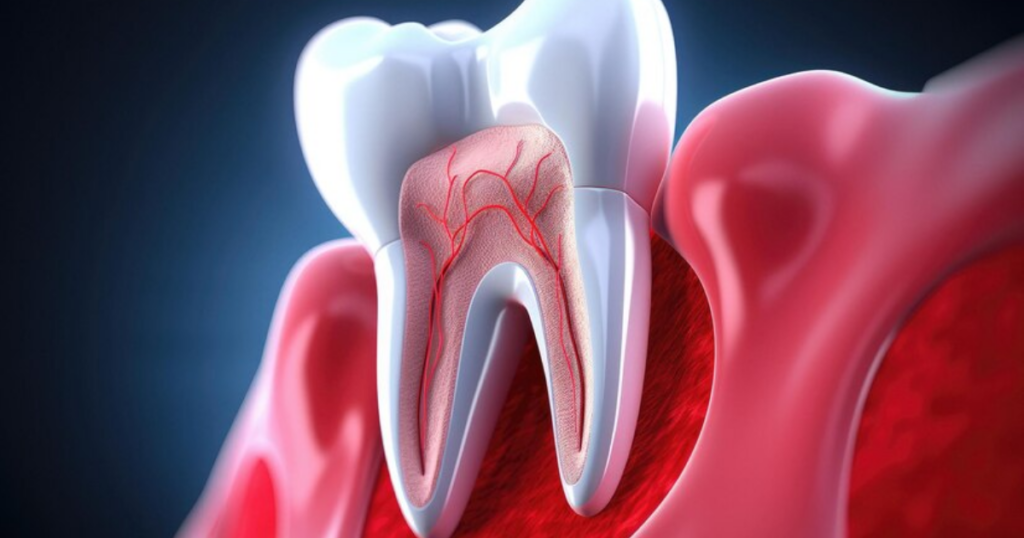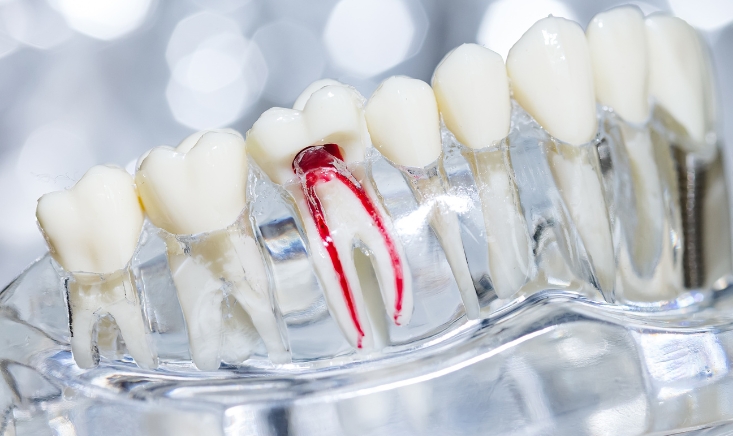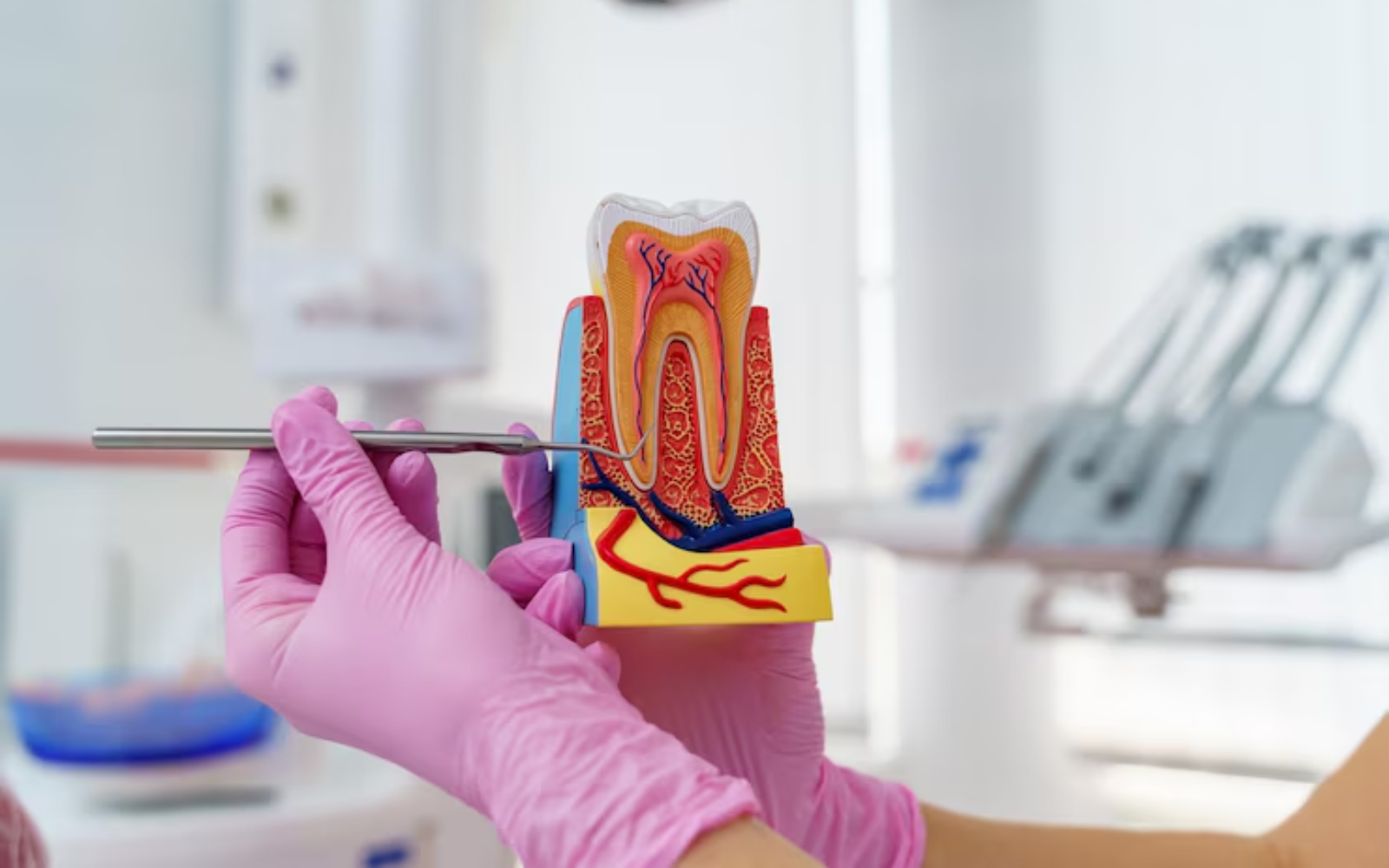How Long Does A Root Canal Treatment Take To Heal?

Root canal treatments often evoke fear and uncertainty in many individuals due to various myths and misconceptions surrounding the procedure. Despite the apprehension, understanding the healing process of a root canal treatment is crucial for patients undergoing this dental procedure. In this comprehensive guide, we delve into the intricacies of root canal therapy, debunk common misconceptions, and explore the timeline of healing to provide clarity and reassurance.
The Essence of Root Canal Treatment:
Root canal treatment, also known as endodontic therapy, is a dental procedure aimed at saving a severely decayed or infected tooth. Contrary to popular belief, the primary objective of a root canal is to alleviate pain rather than cause it. The need for a root canal arises when the pulp, the innermost layer of the tooth containing nerves and blood vessels, becomes inflamed or infected due to deep decay, trauma, or other dental issues.

Understanding the Procedure:
Before delving into the healing timeline, it’s essential to comprehend the steps involved in a root canal treatment. The procedure typically unfolds as follows:
- Diagnosis: The dentist conducts a thorough examination, often involving X-rays, to diagnose the extent of damage to the tooth and assess the need for root canal therapy.
- Anesthesia: Local anesthesia is administered to numb the area around the affected tooth, ensuring a pain-free experience during the procedure.
- Accessing the Pulp: The dentist creates an opening in the crown of the tooth to access the infected pulp chamber and root canals.
- Removal of Infected Tissue: Using specialized instruments, the dentist carefully removes the infected or damaged pulp from the tooth’s interior.
- Cleaning and Shaping: The root canals are meticulously cleaned, shaped, and disinfected to eliminate bacteria and prevent further infection.
- Filling and Sealing: Once the canals are prepared, they are filled with a biocompatible material, typically gutta-percha, and sealed to prevent recontamination.
- Restoration: Finally, the tooth is restored with a dental filling or crown to restore its strength, functionality, and aesthetics.
Dispelling Myths:
Root canal treatments have garnered a reputation for being painful and lengthy procedures, perpetuating several myths and misconceptions. However, advancements in dental technology and techniques have transformed root canal therapy into a relatively comfortable and efficient procedure. Let’s debunk some common myths:
- Myth: Root canals are excruciatingly painful. Reality: With modern anesthesia and sedation options, patients typically experience minimal discomfort during the procedure.
- Myth: Root canals require multiple lengthy appointments. Reality: While the complexity of the case may influence the duration, most root canal treatments can be completed in one to two appointments.
- Myth: Extraction is a better alternative to root canal therapy. Reality: Saving the natural tooth through a root canal is often preferable to extraction, as it preserves oral health and avoids the need for tooth replacement options like implants or bridges.
The Healing Timeline:
Now, let’s explore the healing timeline following a root canal treatment:
Immediate Post-Procedure Period (First Few Days):
- Discomfort: Some mild discomfort or sensitivity around the treated tooth is normal in the initial days following the procedure. Over-the-counter pain medications can alleviate any discomfort.
- Oral Care: It’s crucial to maintain proper oral hygiene by brushing and flossing gently. Avoid chewing hard or sticky foods on the treated tooth to prevent dislodging the temporary filling or crown.
First Week:
- Healing Progress: The initial inflammation and discomfort subside gradually as the body begins to heal. Any lingering pain should diminish significantly within the first week.
- Follow-Up Appointment: A follow-up appointment may be scheduled to monitor the healing progress and assess the need for further treatment or restoration.
First Month:
- Complete Healing: By the end of the first month, the tooth and surrounding tissues should have fully healed. Any residual symptoms, such as minor sensitivity, should resolve entirely.
- Permanent Restoration: If a temporary filling or crown was placed initially, it may be replaced with a permanent restoration to enhance durability and aesthetics.
Long-Term:
- Oral Health Maintenance: Routine dental visits and proper oral hygiene practices are essential for the long-term success of root canal treatment. Regular check-ups allow the dentist to monitor the treated tooth and address any concerns promptly.
Root canal treatment, often surrounded by myths and misconceptions, is a highly effective procedure for preserving a damaged or infected tooth. By understanding the steps involved and the healing timeline, patients can approach root canal therapy with confidence and reassurance. With modern advancements in dental care, root canal treatments have become more comfortable, efficient, and successful, offering patients a path to restored oral health and functionality.



